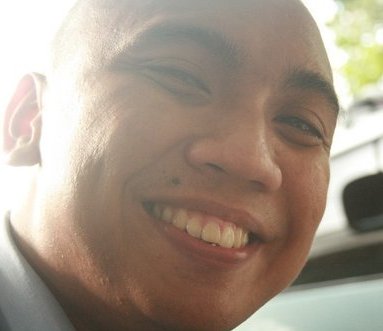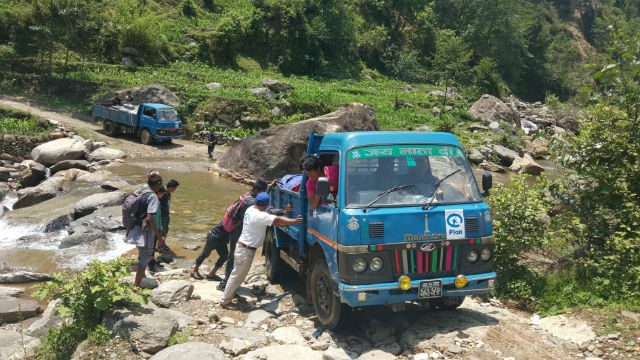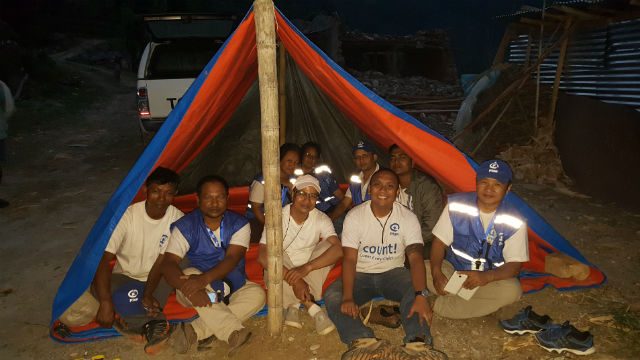SUMMARY
This is AI generated summarization, which may have errors. For context, always refer to the full article.
 It has been almost 4 weeks now since Plan International deployed me to Nepal to support the earthquake response operations. I was helping Plan’s recovery and rehabilitation efforts for Typhoon Yolanda-affected communities in the Philippines when the 7.8 earthquake hit Nepal last April 25. As a member of Plan’s emergency roster, I was immediately sent to Kathmandu to assist in relief activities.
It has been almost 4 weeks now since Plan International deployed me to Nepal to support the earthquake response operations. I was helping Plan’s recovery and rehabilitation efforts for Typhoon Yolanda-affected communities in the Philippines when the 7.8 earthquake hit Nepal last April 25. As a member of Plan’s emergency roster, I was immediately sent to Kathmandu to assist in relief activities.
Life has not been easy in many parts of the country since the earthquake hit. Houses were destroyed and families have been sleeping under tarpaulins or tents, fearing for their lives every time the ground shakes. Markets and stores are still closed and getting access to food has been a great challenge. Children are afraid of aftershocks and are still unable to go back to school. Poor road conditions and Nepal’s mountainous terrain have made it even harder to deliver aid to communities.

The constant aftershocks have made the situation even worse. The continuous stress has made it difficult for people to get back on their feet and rebuild their lives. When I visited a community in Dolakha, a girl told me that whenever she feels a tremor, her mind empties and she can only think of one thing – “I want to live.”
Second quake
When another strong earthquake (magnitude 7.3) hit last May 12, I was with our team in the district of Sindhupalchok and was bound for one of its remote villages to distribute shelter kits. Our driver managed to evade a landslide that was about to possibly fall on us. We were then caught between two landslides. We immediately ran out of our vehicle, jumped down the rice terraces, and the local people helped to bring us to safer grounds.
The shakes went on for around two hours. People were shouting, and the women and children were crying. I was scared too but managed to hide it. I had to be strong and calm for the team and the people in the community.
Amid these difficulties, I am constantly inspired by stories of families helping one another and doing whatever they can to rebuild their lives. Nepalese culture and social structures are diverse and colorful, but the people are generally kind and humble, and are at the same time strong and cohesive.
People help each other build temporary shelters and do farm activities. They even go as far as trekking for hours to carry relief items to their neighbors. In the absence of electricity and mobile networks, community members and leaders share information about relief distributions through word of mouth.
Aid response
Plan has been helping deliver food packs and shelter items since April 28. It has committed to helping children and families in Dolakha, Sindhupalchok, and other previously cut-off communities, meeting urgent needs on shelter, water and sanitation, education, health, and child protection.

Engaging communities in humanitarian work is crucial for people’s dignified survival. We have helped establish accountability mechanisms based on existing community practices to support the humanitarian community in gathering and addressing feedbacks, and improving programs and projects based on the perspectives of both adults and children.
In the past few weeks, we have been in constant communication with communities, finding ways to better understand each other. In the coming weeks, we will help them organize self-help groups.
Working with the affected people is both challenging and fulfilling. We’re learning from them in the process of supporting them. There is more work to be done as significant needs remain very high. Together, we hope to make a difference to the lives of children and communities affected by the devastating earthquakes. – Rappler.com
Hernan Melencio is a Program Quality, Accountability, and Learning Manager for the Typhoon Yolanda (Haiyan) response and rehabilitation program of Plan International Philippines. He is currently deployed in Nepal for Plan’s Earthquake Response.
Add a comment
How does this make you feel?
There are no comments yet. Add your comment to start the conversation.